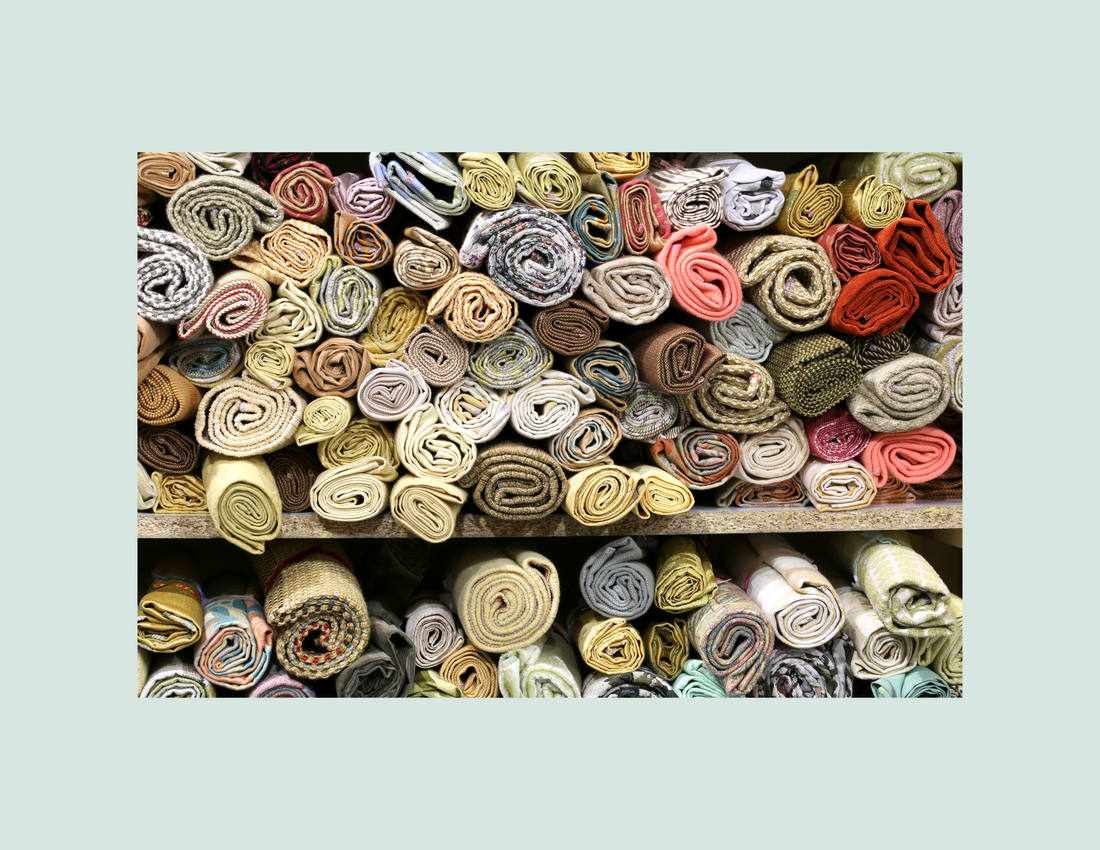
The Timeless Tale of Embroidery: A Journey Through Fabrics and Stitches
Atmane BoukaiaShare
Heritage of Fabrics
Fabrics have been woven into the very fabric of human history (pun intended!). From ancient civilizations to modern fashion runways, textiles have played a crucial role. Here are some key points about fabric heritage:
-
Kashmiri Embroidery: Let’s start with the rich tradition of Kashmiri embroidery. Known as Kashida, this embroidery style weaves the essence of Kashmir into every stitch. Introduced by the Persians, it draws from Persian artistry and has been patronized by royalty. Here are some types of Kashmiri embroidery:
- Crewel Embroidery: Bold and raised patterns using wool yarn on thick fabrics. Think curtains and upholstery.
- Sozni/Needlework Embroidery: Fine, detailed stitches on Pashmina shawls, almost resembling printed designs.
- Aari Embroidery: Intricate chain-stitch patterns on traditional garments like Kashmiri suits and kurtas.
- Kani Embroidery: A weaving technique using small wooden needles to create intricate designs on shawls.
- Papier Mache Embroidery: Inspired by Kashmiri Papier Mâché art, blending two iconic traditions1.
-
Types of Fabrics: Fabrics come in a delightful array of textures and weaves. Here are a few:
- Cotton: Soft, breathable, and versatile.
- Silk: Luxurious, with a natural sheen.
- Wool: Warm and cozy.
- Linen: Lightweight and crisp.
- Denim: Durable and rugged.
- Velvet: Plush and elegant.
- Chiffon: Sheer and flowy.
- Satin: Smooth and glossy.
-
Embroidery Suits Each Fabric:
- Crewel Embroidery complements heavy fabrics like wool.
- Sozni shines on delicate Pashmina.
- Aari Embroidery adds elegance to traditional garments.
- Tilla/Zari Embroidery (using metallic threads) dazzles on festive attire.
Crafting Your Style
Whether you’re wearing a Kashmiri shawl or a cotton kurta, remember that each stitch carries a piece of heritage. So, embrace the artistry and wear it proudly!